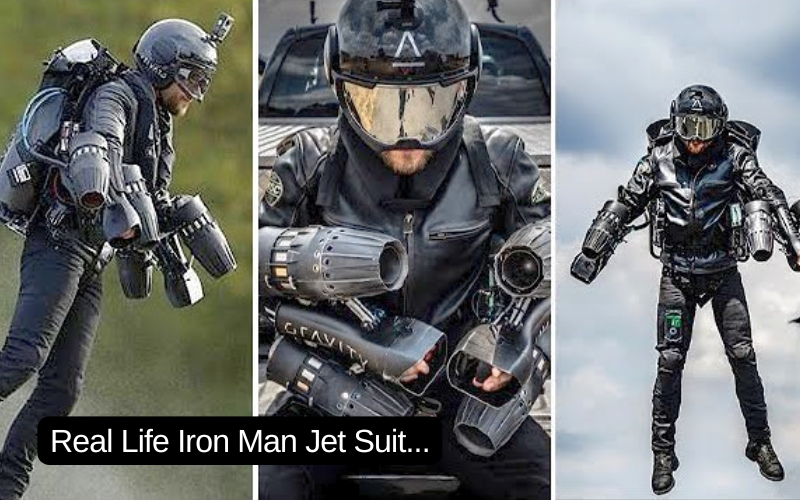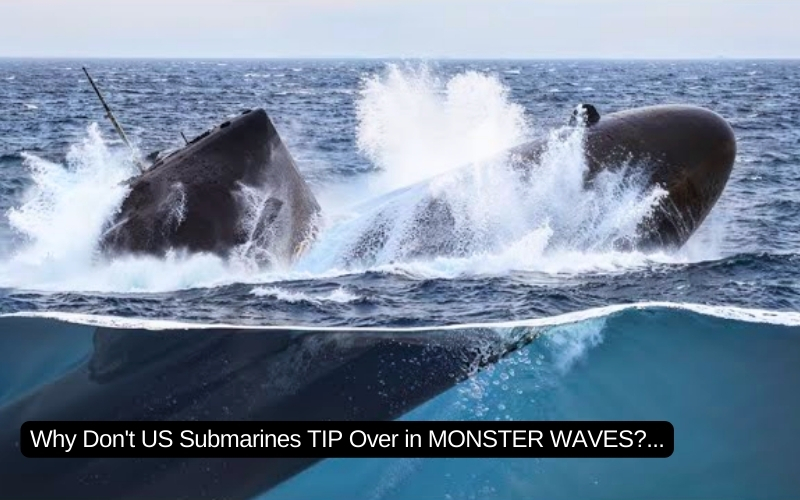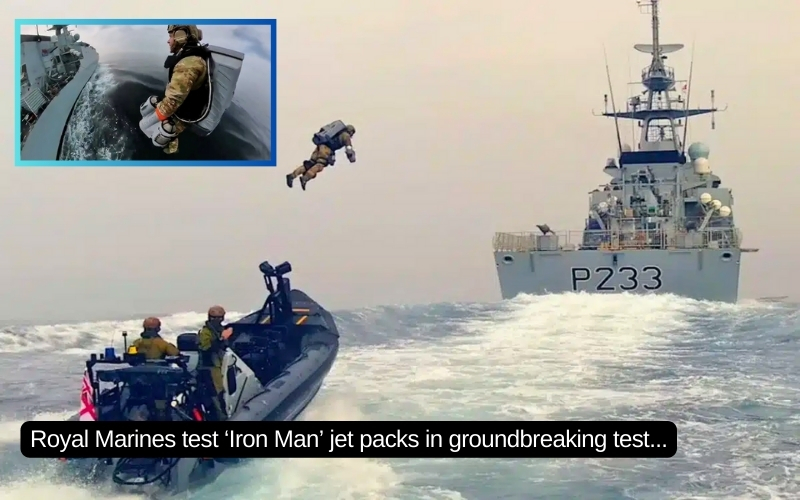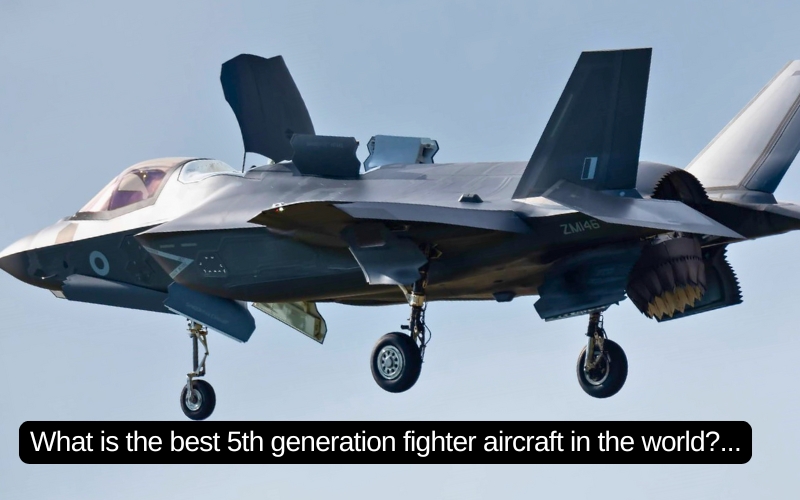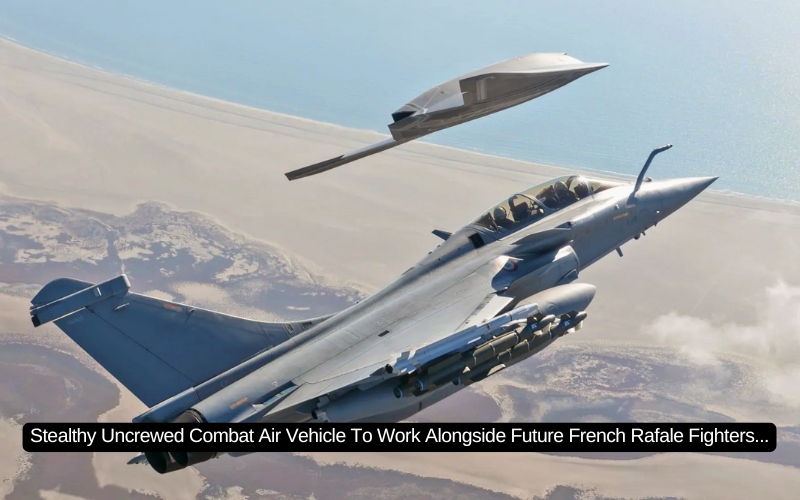The submarine arms race is getting intense—and the U.S. just took a massive leap forward.
In June 2022, a small group of military officers and politicians gathered on Quonset Point, Rhode Island, to kick off construction of the Navy’s newest and largest sub group, the Columbia class submarines, with a keel-laying ceremony for the USS District of Columbia. Welder Maria Betance-Pizarro from General Dynamics Electric Boat, the sub’s manufacturer, lifted her torch toward a steel plate and inscribed the initials of Congresswoman Eleanor Holmes, the boat’s sponsor from D.C.
When the sub finally enters service in 2031, it will be the largest and most powerful submarine the U.S. has ever put to sea, measuring 560 feet in length and displacing 20,810 tons. It’s one of 12 subs planned in the new Columbia class. Each will carry 16 onboard nuclear missiles, collectively representing 70 percent of the nuclear weapons that America has ready to use at any one time.
Ballistic missile submarines like those in the Columbia class have earned the nickname “boomer” for their powerful punch and massive size. But these subs aren’t the undisputed alphas of the oceans. Attack subs, which are designed to track and hunt boomer subs to prevent them from ever launching their weapons, can sail faster and dive deeper than any boomer, and they’re equipped with an array of weapons built for deep-sea combat. A third type, cruise missile subs (also called guided missile subs), carry out attacks on surface ships and land-based targets from hundreds of miles away.
At least 43 nations currently operate at least one submarine, according to GlobalFirePower.com. And in this modern era when large surface ships are vulnerable to long-range anti-ship missiles, the world’s global powers are doubling down on their undersea efforts.
Russia continues to invest heavily in its submarine forces, as the nonprofit security research group Nuclear Threat Initiative indicates, even as other facets of its military atrophy. China’s growing navy recently eclipsed the U.S.’s as the largest combat fleet in the world. And the U.S. Department of Defense predicts that China will begin constructing its newest Type 093B guided missile nuclear attack submarine by the middle of this decade.
The latest generation of hunter-killer and cruise missile subs are also armed with advanced weapons that can strike from hundreds or even thousands of miles away. Some U.S. subs will carry an updated version of the Tomahawk cruise missile that can change targets midcourse and loiter over a target area for hours. Some subs, like Russia’s newest Yasen-M class, even carry maneuverable hypersonic anti-ship missiles, like the 3M22 Zircon. With a claimed top speed of Mach 8, it could reach a target at the end of its 621-mile range in just six minutes.
And while submarines at the onset of the twentieth century could sink to a mere 75 feet, today’s subs can dive to 1,600 feet or deeper, where not even sunlight can reach them. There, sailing silently through a sea of black, today’s submarines lurk—some carrying weapons with the most destructive power humanity has ever created.
Just one Ohio-class ballistic missile submarine would rank as the sixth largest nuclear power in the world, says Bryan Herrin, a Navy veteran who served on the class-namesake USS Ohio. The Ohio-class subs, which will be replaced by the Columbia class in the next decade, sail with 20 submarine-launched ballistic missiles on board, each capable of carrying as many as eight individually targeted nuclear warheads—amounting to more nuclear firepower than Pakistan, India, Israel, or North Korea boast in their entire arsenals.
But even among these powerful undersea players, several stand out. These warships possess a unique combination of capabilities, firepower, and advanced tech that make them the most dangerous on the planet.
USS Jimmy Carter

Class: Seawolf | Type: Attack submarine | Country of origin: United States | Displacement: 12,130 tons | Engine: Nuclear reactor–powered pump jet | Armament: Mk 48 torpedoes, Tomahawk cruise missiles, Harpoon anti-ship missiles | Year entered service: 2005 | Number in service: 1 | Scariest attributes: Stealth and Multi-Mission Platform
America’s small fleet of three Seawolf-class nuclear attack submarines are considered among the stealthiest in the world, but the USS Jimmy Carter’s capabilities are so unique that the vessel is sometimes considered a class unto itself. Seawolf subs use pump-jet propulsion systems, rather than a spinning propeller, to cruise almost silently through the ocean. Unlike the exposed propellers of many older submarines, pump jets use a duct around a turbine pump to draw in water near the front of the vessel and push it out from a nozzle at the back. The Navy claims that even while sailing at 25 knots, the Seawolf subs’ pump-jet systems are quieter than their Los Angeles–class predecessors were while docked.
The USS Jimmy Carter’s unique design offers even more combat capability. The 453-foot vessel is 100 feet longer than its sister ships, thanks to what the Navy calls the “Multi-Mission Platform.” This added section can be used to deploy Navy SEALs, remotely operated vehicles, or other classified combat or intelligence-gathering systems. As a result, the USS Jimmy Carter has reportedly played a key role in a number of high-stakes clandestine operations over the years. Because of the USS Jimmy Carter’s advanced stealth and unique troop-deployment bay, it is considered the most dangerous submarine currently carrying out missions.
K-329 Belgorod
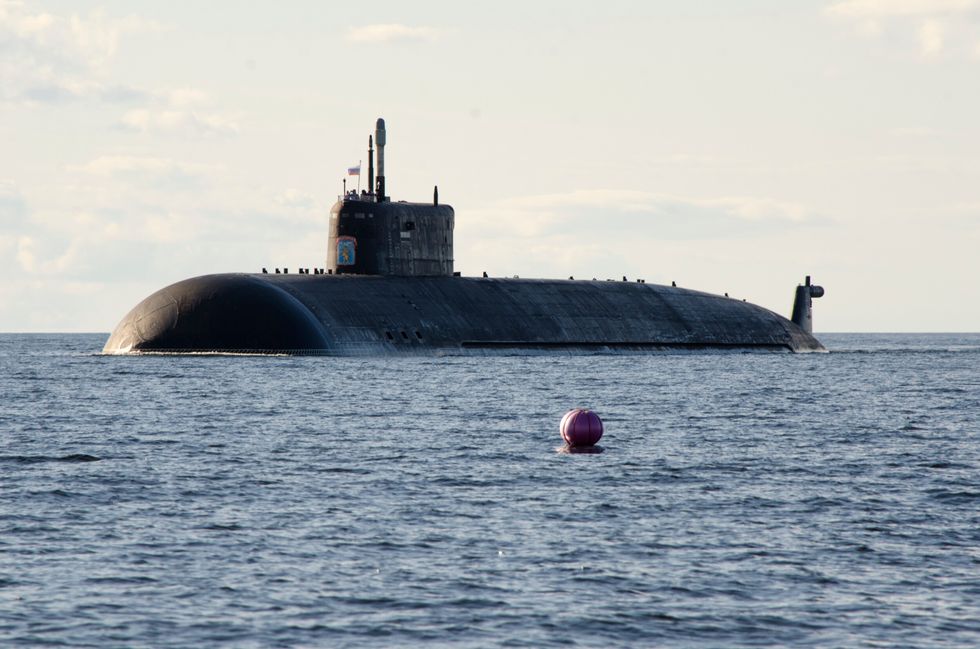
Class: Oscar II | Type: Cruise missile submarine | Country of origin: Russia | Displacement: 30,000 tons | Engine: Prop driven by two nuclear reactors | Armament: 6 Poseidon nuclear torpedoes | Year entered service: 2022 | Number in service: 1 | Scariest attributes: Poseidon nuclear torpedoes
In July 2022, the Russian Navy deployed the longest known submarine in the world, the K-329 Belgorod. Like the Jimmy Carter, Russia’s Belgorod is a modified version of an existing submarine, in this case the nuclear-powered Oscar II class of cruise missile submarines. Belgorod’s design added more than 100 feet in length to accommodate a variety of new weapons and intelligence-gathering systems.
The Belgorod appears to be equipped to deploy large underwater systems on the seafloor, including sonar arrays and other underwater sensors for Russia’s Harmony submarine detection network. It can also deploy a variety of midget submarines and autonomous underwater vehicles to support its covert operations.
Russia developed the hulking submarine to carry the nation’s secretive Poseidon torpedoes, expected to enter service this decade. The torpedoes are powered by their own nuclear reactor and can reportedly cruise at 80 miles per hour, faster than any other known torpedo, and at depths no American sub can reach—as deep as 3,300 feet. That means no existing weapon system could intercept a Poseidon after it was fired. Equipped with a two-megaton warhead, it could be used to take out entire ports or U.S. carrier strike groups.
Type 039C
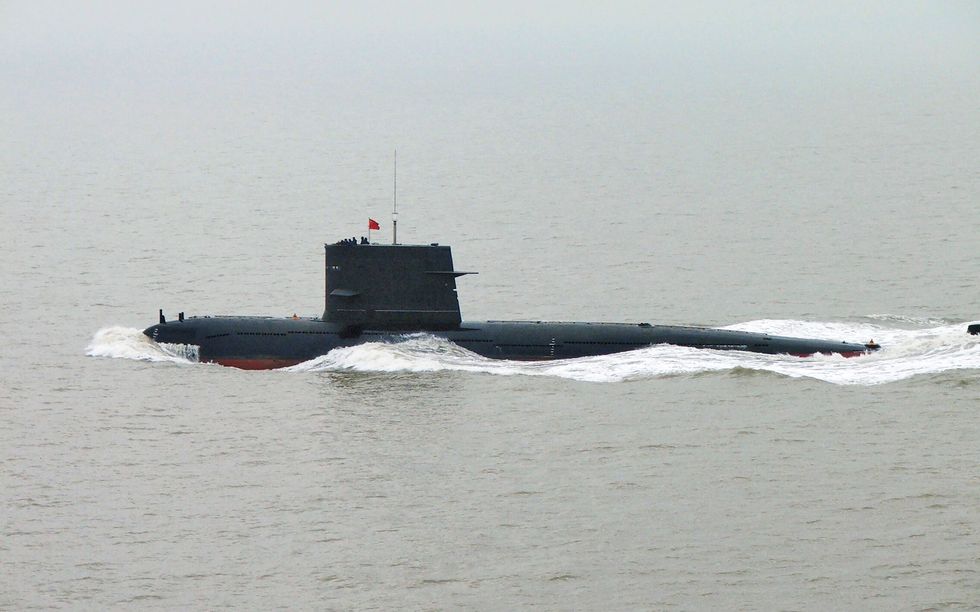
Class: Yuan | Type: Attack submarine | Country of origin: China | Displacement: 2,286 tons | Engine: Stirling air-independent propulsion diesel electric | Armament: Yu-6 torpedoes, YJ-18 supersonic anti-ship missiles | Year entered service: 2022 | Number in service: Unknown | Scariest attribute: Stealth
China’s submarine technology is still catching up with that of its American and Russian competitors. However, within the contested waters of the Pacific, the country’s newest subs represent a potent threat to global stability. The most dire may come from the Type 039C Yuan-class attack submarine serving with China’s East Sea Fleet, the force operating in the waters surrounding Taiwan. Rather than nuclear power, this sub uses a Stirling air-independent propulsion (AIP) diesel-electric system. Previous diesel-powered submarines could stay submerged for only a few days before surfacing to draw in fresh air needed to power up their engines and recharge their batteries. China’s AIP system, on the other hand, uses tanks of liquid oxygen for those tasks, allowing it to stay submerged for weeks at a time.
While these power plants don’t provide the same range as that of a nuclear sub, they do offer a comparable degree of stealth. In fact, a Swedish submarine using a similar Stirling AIP system, the HSwMS Gotland, repeatedly defeated the anti-submarine capabilities of the USS Ronald Reagan’s carrier strike group in 2005, sinking the supercarrier in several simulated battles.
USS Louisiana

Class: Ohio | Type: Ballistic missile submarine | Country of origin: United States | Displacement: 18,750 tons | Engine: Single nuclear reactor–driven shaft | Armament: 20 Trident II SLBMs, Mk 48 torpedoes | Year entered service: 1997 | Number in service: 14 | Scariest attributes: Nuclear SLBMs
The USS Louisiana, which entered service in 1997, is the newest and most modern of America’s boomer fleet of Ohio-class submarines. These ships carry up to 20 Trident II D5 submarine-launched nuclear ballistic missiles (SLBMs), more nukes than any other submarine.
The 44-foot-long, 130,000-pound Trident D5 SLBMs have a range of 4,600 miles and can carry up to eight independently targeted 475-kiloton nuclear warheads. Each of those warheads is capable of delivering more than 30 times the nuclear yield of the atomic bomb dropped on Hiroshima in 1945.
The Ohio class is so powerful that the U.S. has reduced its firepower twice to comply with arms treaties negotiated with Russia—first in 1991, as part of the Strategic Arms Reduction Treaty, and then again in 2017.
The USS Louisiana and the rest of the Ohio-class submarines also boast four torpedo tubes for engaging enemy submarines or surface vessels with Mark 48 torpedoes. Each Mark 48 carries 650 pounds of high explosives and is about as long and as heavy as a Toyota pickup truck. These self-guide weapons use active and passive sonar to strike targets more than 5 miles away.
The Ohio class will be replaced by the forthcoming Columbia class, but those boomers only contain launch tubes for 16 Trident II missiles—it’s likely no submarine will ever carry more destructive firepower than the Ohio class.
SSGN Kazan
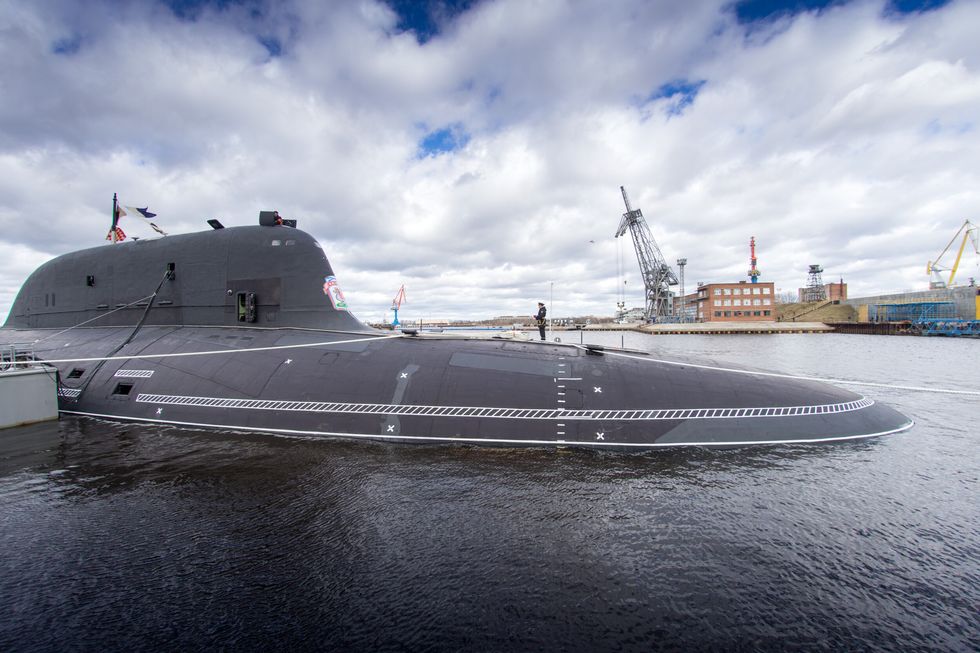
Class: Yasen-M | Type: Cruise missile submarine | Country of Origin: Russia | Displacement: 13,800 tons | Engine: Single nuclear reactor–driven shaft | Armament: Oniks anti-ship cruise missiles, Kalibr cruise missiles, UGST-M torpedoes, KH-101 cruise missiles, Kalibr-M land-attack cruise missiles, 3M22 Zircon hypersonic anti-ship missile | Year entered service: 2021 | Number in service: 1 | Scariest attributes: Hypersonic weapons
Russia’s Kazan, a nuclear-powered Yasen-M-class cruise missile sub, forgoes ballistic missiles in favor of long-range nuclear or conventional cruise missiles. And experts assess that it’s likely as stealthy as even the least detectable Western subs.
The Kazan is the second of the Yasen class, dubbed the Yasen-M. It’s about 30 feet shorter than the first, thanks to increased automation that reduces the number of crew needed. This formidable warship carries 10 torpedo tubes, each of which can fire UGST-M self- or wire-guided torpedoes or anti-ship cruise missiles.
Unlike ballistic missiles, which fly along arcing flight paths that make them somewhat predictable, cruise missiles are jet-powered and fly more like suicide drones at lower altitudes, maneuvering along the way, offering a different kind of challenge for defense systems. The P-800 Oniks supersonic anti-ship cruise missiles on board use a solid-fuel rocket and then an air-breathing ramjet to reach targets as far away as 373 miles.
Plans are already underway to equip the Yasen-M class with several new weapons, including the Kalibr-M land-attack cruise missile, which has a reported range of nearly 2,800 miles, and a new submarine-launched variant of the KH-101—a nuclear-capable cruise missile. But the most dangerous new weapon being fitted to the sub is Russia’s hypersonic 3M22 Zircon anti-ship cruise missile, which can achieve speeds between Mach 6 and Mach 8. If true, its ability to maneuver at these speeds would make it practically impossible to intercept by even the world’s most advanced air defenses.




